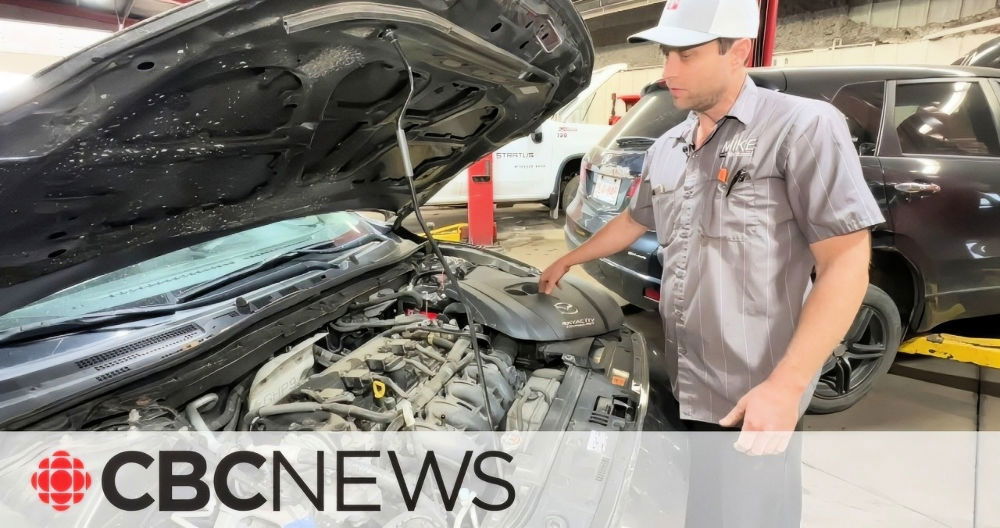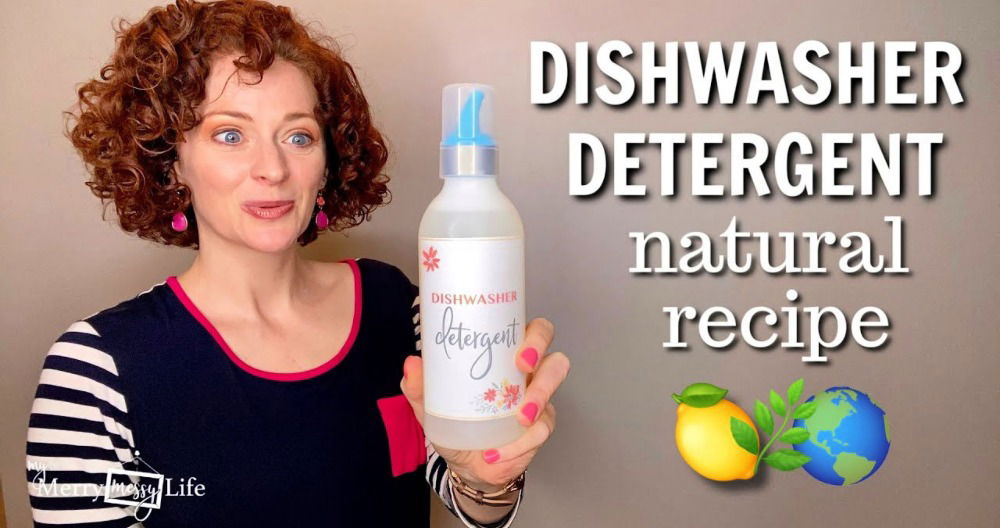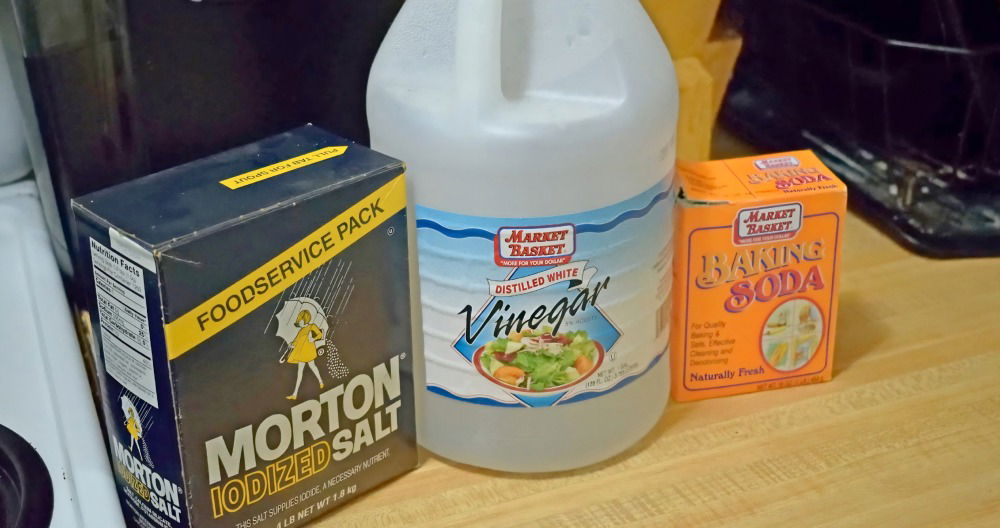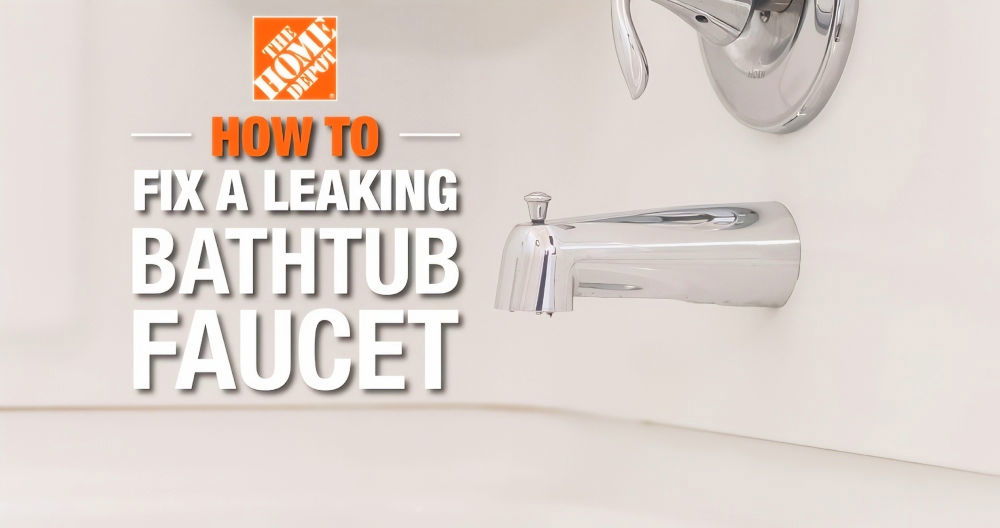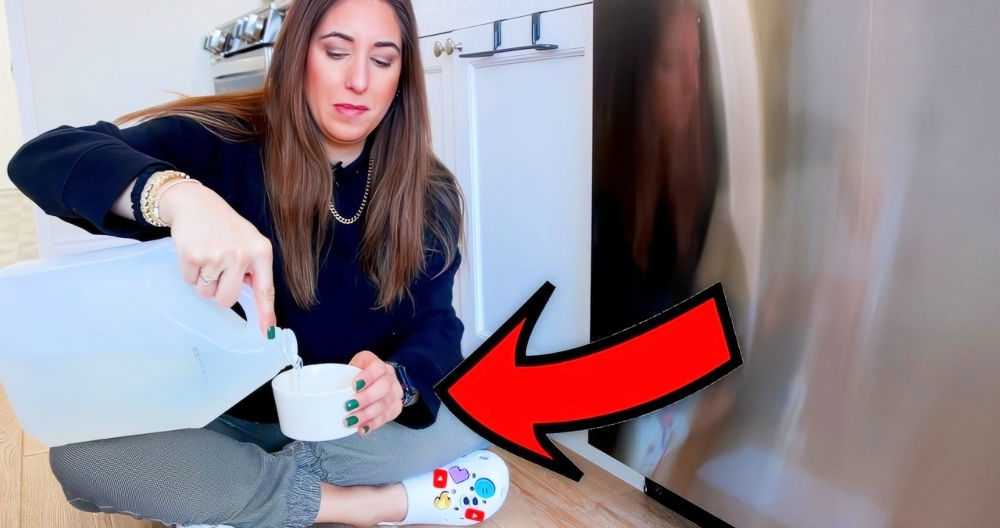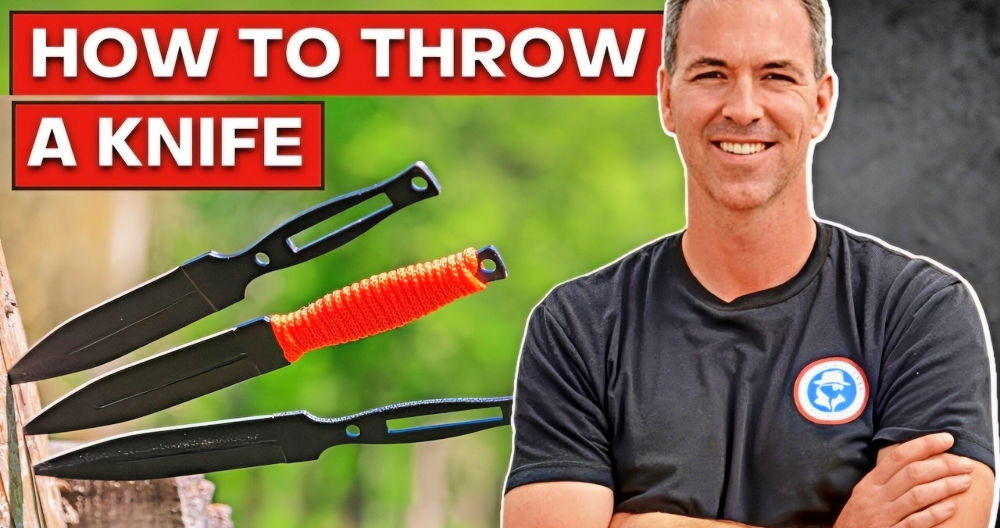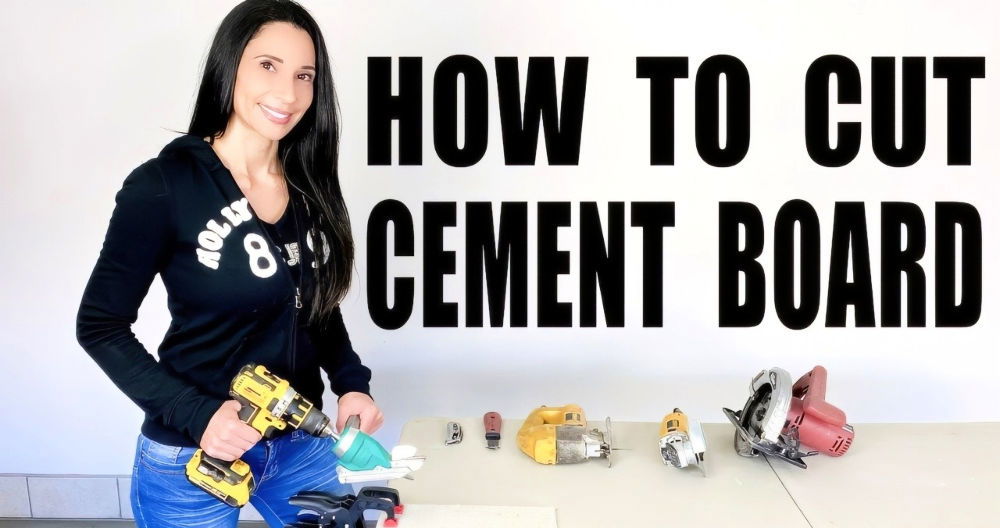Discover essential bike maintenance tips to keep your bicycle in top condition for a smooth and safe ride every time. Maintaining a bicycle might seem daunting, but it's an essential part of ensuring a smooth and safe ride. Whether you're preparing your bike for winter rides or gearing up for spring, consistent maintenance keeps your bike reliable and extends its lifespan. In this guide, we'll explore the best practices for keeping your bike in perfect condition, following a structured approach that covers every part of the bicycle.
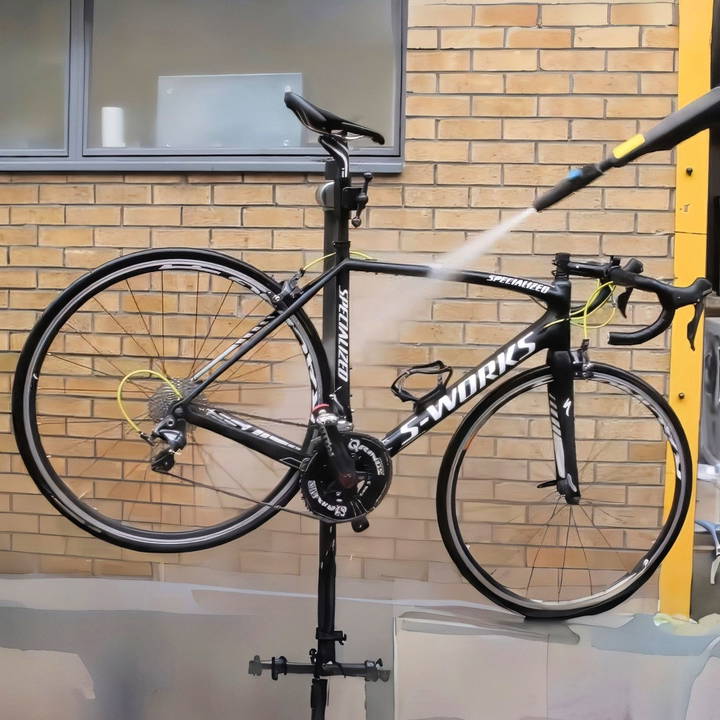
Starting with the Basics: Why a Clean Bike is a Happy Bike
A clean bike is easier to inspect and maintain. Begin every maintenance routine by thoroughly cleaning and degreasing your bicycle. This step removes grime and makes it easier to identify wear or damage. Use bike-specific cleaning products and tools to avoid damaging components.
Step by Step Instructions
Master bike maintenance with step-by-step instructions, covering everything from inspections to troubleshooting and advanced care for peak performance.
The "M-Check" Method: A Structured Inspection Routine
The "M-Check" is a systematic way to inspect your bike. Imagine tracing the letter "M" over your bike, starting from the front wheel, moving up to the handlebars, down to the bottom bracket, back up to the seat post, and finishing at the rear wheel. This pattern ensures every component is checked.
Front Wheel
- Tires: Inspect for cuts, punctures, and wear. If using tubeless tires, check sealant levels as the sealant can dry out over time.
- Rims: Look for damage or uneven wear, particularly with rim brakes, as they can make a concave surface over time.
- Wheel Trueness: Spin the wheel to check for wobbling. Tighten spokes and true the wheel as needed.
- Bearings: Hold the fork and wiggle the wheel side to side to check for play in the hub bearings. Replace sealed bearings if they feel rough or loose.
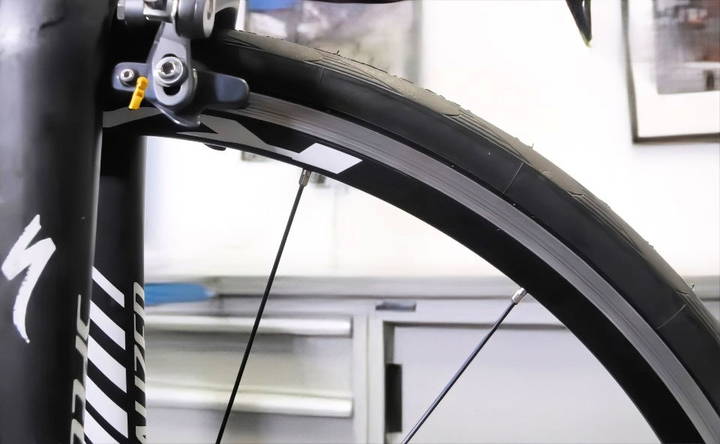
Handlebars and Stem
- Bolts: Ensure the bolts on the stem and handlebars are tightened evenly. Loose bolts can cause instability.
- Headset: Check for smooth steering by moving the handlebars side to side. Inspect bearings for rust or wear, and replace if necessary.
- Handlebar Tape or Grips: Replace worn or moldy handlebar tape for better grip and comfort.
Brakes
- Rim Brakes: Check brake pads for wear. Most pads have grooves or wear indicators to signal replacement time.
- Remove debris embedded in the pads to prevent damage to the rim.
- Disc Brakes: Inspect the pads and ensure there is adequate material left.
- Check the alignment and operation of the brake calipers and pistons.
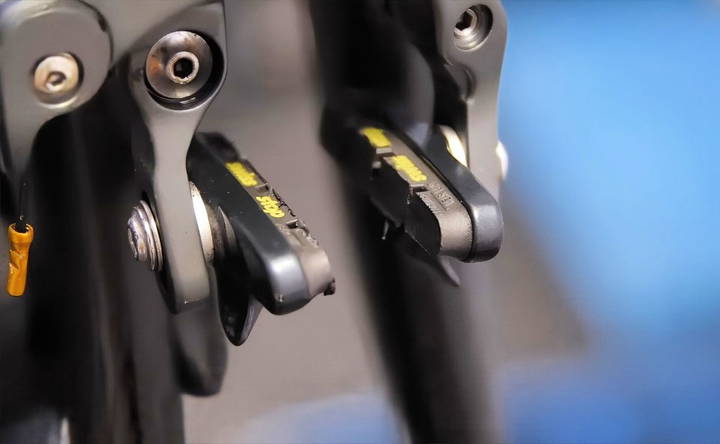
Bottom Bracket and Chainset
- Bottom Bracket Bearings: Spin the cranks to check for smoothness. Remove the chain to isolate the bottom bracket's movement.
- Replace bearings if they feel gritty or stiff.
- Chainrings: Inspect for wear, sharp teeth, or uneven gaps.
- Tighten chainring bolts to prevent loosening during rides.
Rear Wheel
Repeat the front wheel inspection process for the rear wheel. Pay special attention to:
- Freehub Bearings: Ensure they spin freely without grinding.
- Cassette: Check for worn teeth that might affect shifting.
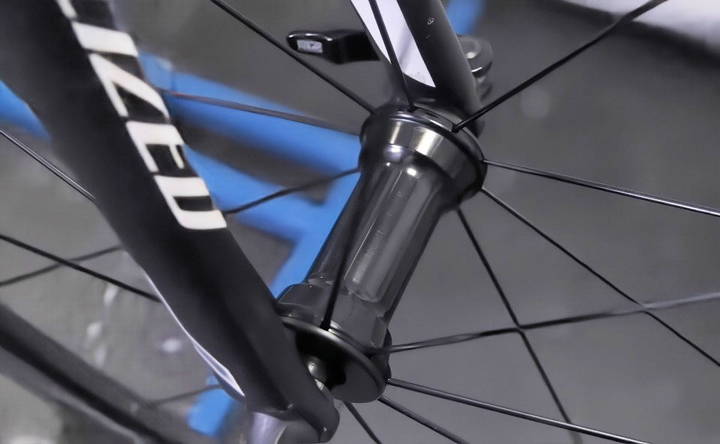
Maintaining the Drivetrain: Chain, Cassette, and Derailleur
A properly maintained drivetrain reduces wear on expensive components and ensures efficient power transfer.
Chain
- Chain Wear: Use a chain checker tool to measure wear. Replace the chain if wear exceeds 0.5 to prevent damage to the cassette and chainrings.
- Lubrication: Apply bike-specific chain lube after cleaning. Wipe off excess lube to prevent attracting dirt.
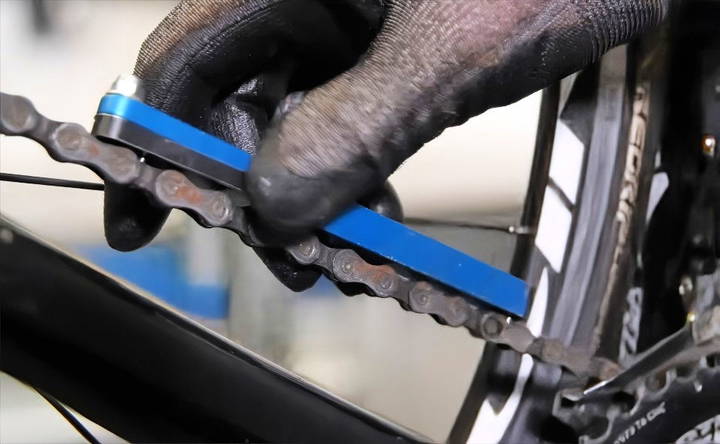
Cassette
Inspect the cassette for signs of wear. Worn teeth can cause the chain to skip or slip, reducing efficiency.
Derailleurs
- Alignment and Function: Shift through all gears to ensure the derailleurs are aligned and functioning smoothly.
- Cables and Housing: Replace frayed or corroded cables to maintain precise shifting.
Caring for Contact Points: Saddle, Seatpost, and Pedals
The comfort and safety of your ride depend on well-maintained contact points.
Saddle and Seatpost
- Seatpost Maintenance: Remove and grease the seatpost periodically to prevent it from seizing in the frame.
- Saddle Rails: Check for creaks or movement. Grease the rail clamps if needed.
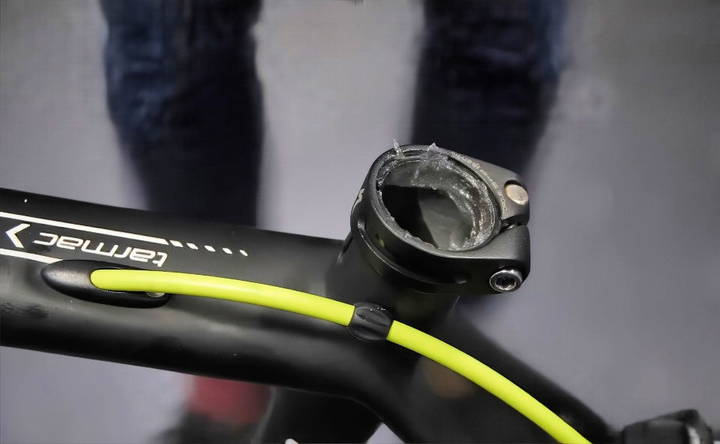
Pedals
- Bearings: Spin the pedals to check for smooth movement. Tighten or replace bearings if necessary.
- Cleats: Inspect clipless pedal cleats for wear and ensure they engage securely.
Final Touches: Inspecting for Minor Issues
After completing the M-Check, go over the bike once more to ensure no details were missed:
- Accessories: Check the condition of lights, fenders, and racks.
- Bolts and Fasteners: Ensure all bolts are tightened to the manufacturer's specifications using a torque wrench.
- Test Ride: Take a short ride to confirm everything functions as expected.
Troubleshooting Common Bike Issues
While regular maintenance minimizes problems, issues can still arise. Here's how to identify and resolve some of the most common ones.
Squeaky Brakes
- Cause: Squeaking usually results from contamination (oil, dirt) on the braking surface or misaligned pads.
- Solution: Clean rim braking surfaces with isopropyl alcohol or brake cleaner.
- Sand brake pads lightly to remove embedded debris.
- Adjust brake pad alignment to ensure even contact with the rim or rotor.
Slipping Gears
- Cause: Worn chain, cassette, or poorly adjusted derailleur.
- Solution: Check chain and cassette wear using appropriate tools.
- Adjust derailleur cable tension. Turn the barrel adjuster clockwise or counterclockwise to fine-tune shifting.
Creaking Noises
- Cause: Often caused by loose bolts, dry bearings, or ungreased components.
- Solution: Inspect and tighten bolts on the stem, handlebars, seatpost, and crankset.
- Remove components like the bottom bracket, clean, grease, and reinstall them.
Flat Tires
- Cause: Punctures from debris or worn-out tire sidewalls.
- Solution: Patch small punctures in inner tubes or replace them if damaged.
- Check and replace worn or damaged tires. For tubeless setups, refresh sealant regularly.
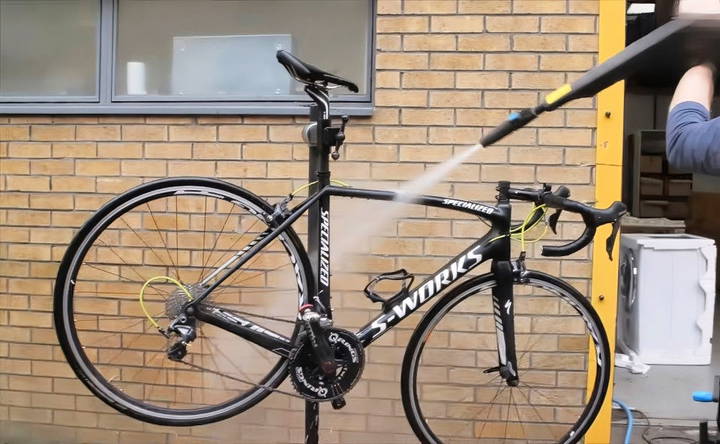
Advanced Drivetrain Maintenance
The drivetrain is the heart of your bike's performance. Here's how to keep it running smoothly and efficiently.
Deep Cleaning
Periodically, perform a deep clean of your drivetrain components.
- Remove the Chain: Use a quick link or chain breaker tool to take off the chain.
- Soak it in degreaser to remove built-up grime.
- Clean the Cassette and Chainrings: Use a brush or rag to remove dirt and grease from the teeth.
- For stubborn grime, employ a solvent and scrub with a toothbrush.
- Reassemble and Lubricate: Reinstall the chain and apply lube evenly. Wipe off any excess to keep dirt from sticking.
Derailleur Hanger Alignment
A misaligned derailleur hanger can cause poor shifting performance.
- Use a derailleur hanger alignment tool to check and straighten the hanger.
- Align it carefully to ensure smooth shifting and reduce drivetrain wear.
Preparing Your Bike for Specific Conditions
Adapt your maintenance routine to suit seasonal or environmental changes. Proper preparation ensures optimal performance in different riding conditions.
Winter Riding
- Fenders: Install full-coverage fenders to protect yourself and your bike from water and mud.
- Lubrication: Use a wet lube to withstand rainy and muddy conditions.
- Tires: Consider switching to wider tires with better grip for wet or icy roads.
- Frame Protection: Apply protective tape to areas prone to dirt and grit accumulation, such as the downtube and chainstays.
Summer Riding
- Dry Lubrication: Switch to a dry lube that doesn't attract dust.
- Heat Checks: Inspect tires for cracks or wear exacerbated by high temperatures.
- Hydration and Storage: Equip your bike with bottle cages and store it away from direct sunlight to protect the frame and components.
Mountain Biking
- Suspension Maintenance: Clean the suspension seals regularly to prevent grit buildup.
- Follow manufacturer guidelines for suspension servicing intervals.
- Tires and Tubeless Setup: Use low-pressure tubeless tires for better traction on rough terrain.
- Regularly refresh the sealant and check for punctures.
Maintaining High-Performance Components
For performance cyclists, specific parts require extra attention to maintain top performance.
Carbon Frames and Components
- Inspect for Damage: Regularly check for cracks or dents in carbon frames and parts. Even minor damage can compromise structural integrity.
- Clean Carefully: Use mild soapy water to avoid scratching delicate carbon surfaces.
- Torque Settings: Always tighten bolts to the manufacturer-recommended torque to prevent overtightening or damaging the material.
Electronic Shifting Systems
- Battery Maintenance: Charge batteries before they run out entirely to avoid interruptions during rides.
- Keep spare batteries handy for long trips.
- Firmware Updates: Regularly check for updates to ensure optimal performance of the electronic shifting system.
Disc Brakes
- Rotor Inspection: Check for warping or uneven wear on rotors. Replace if needed.
- Clean the rotors with isopropyl alcohol to maintain braking efficiency.
- Brake Fluid: For hydraulic disc brakes, flush and replace the brake fluid as per the manufacturer's recommendations.
Pro Tips for Long-Term Maintenance
- Make a Schedule: Set a maintenance calendar to perform routine checks, cleanings, and replacements.
- Keep a Tool Kit Handy: Essential tools include tire levers, a multi-tool, a chain checker, and a pump.
- Invest in a torque wrench for precise tightening.
- Learn Basic Repairs: Familiarize yourself with fixing a flat tire, replacing a chain, and adjusting brakes and gears.
Conclusion: The Rewards of Consistent Maintenance
Bicycle maintenance might feel like a chore at first, but it becomes second nature over time. A well-maintained bike performs better, lasts longer, and ensures safer, more enjoyable rides. Whether you're a casual rider or a seasoned cyclist, regular care keeps your bike in peak condition, ready to tackle any terrain or weather.
By implementing these tips, you can confidently handle your bike's maintenance and extend its lifespan. Happy riding!
FAQs About Enhancing Your Bike Maintenance Routine
Discover essential FAQs about enhancing your bike maintenance routine for smoother rides, improved safety, and longer bike life.
For frequent riders, inspect and service your bike every few weeks, especially after wet or muddy rides. Seasonal riders or casual cyclists should aim for a thorough check every 1,000–1,500 miles or annually.
Focus on the chain, derailleur pivots, and cables. Avoid over-lubrication, as it attracts dirt. Use grease for bearings, seatposts, and pedal threads. Always wipe off excess lube after application.
Pressure washers can force water into bearings, leading to rust. Instead, use a gentle hose spray or a damp cloth with mild soap. If you use a pressure washer, re-lube all exposed parts afterward.
Clean rust-affected areas with a brush and apply a light degreaser. Rinse and dry thoroughly before lubricating. Prevent future rust by cleaning and lubing regularly, especially after wet rides.
While it's possible, avoid it with high-end bikes, as it risks damaging the shifters. Instead, invest in a budget-friendly bike stand or make your own for safe and efficient maintenance.
Use a chain checker to measure wear. If the chain stretches beyond 0.5, replace it to avoid cassette damage. Examine cassette teeth for sharpness or uneven wear, which signals replacement is needed.
Remove bearings and clean them with a degreaser applied to a cloth. Avoid submerging or pressure washing them. Re-grease and reassemble for smooth operation.
Inspect the chain and cassette for wear and adjust derailleur tension with the barrel adjuster. If slipping persists, check the derailleur hanger alignment and replace cables if worn.
A wobbling wheel usually indicates loose spokes or untrue rims. Use a spoke tool to tighten spokes evenly, but consider a professional truing service if wobbling persists.
Check all bolts, adjust the saddle and handlebars, and inspect tire pressure. Lightly lube the chain and test brakes. Use the complementary tune-up after your first 50 miles to address settling issues.


